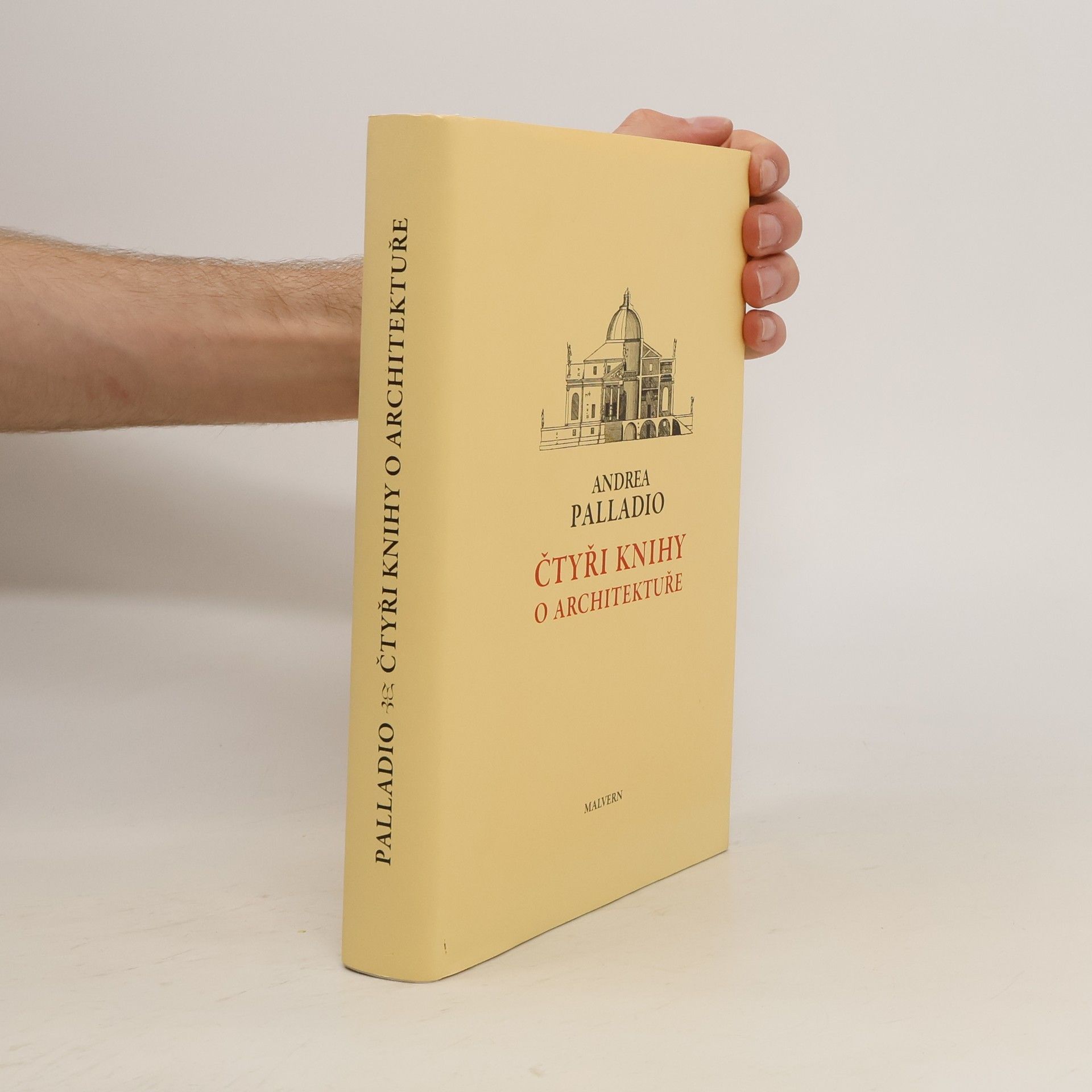The four books of Architecture offers a compendium of Palladio's art and of the ancient Roman structures which inspired him. The First Book is devoted to building materials and techniques and the five orders of architecture: Tuscan, Doric, Ionic, Corinthian, and Composite. Palladio indicates the characteristic features of each order and supplies illustrations of various architectural details. The Second Book deals with private houses and mansions, almost all of Palladio's own design. Shown and described are many of his villas in and near Venice and Vicenza (including the famous Villa Capra, or "The Rotunda," the Tiene Palace, and the Valmarana Palace). Each plate gives a front view drawing of the building and the general floor plan. The Third Book is concerned with streets, bridges, piazzas, and basilicas, most of which are of ancient Roman origin. In the Fourth Book, Palladio reproduces the designs of a numer of ancient Roman temples. Plates 51 - 60 are plans and architectural sketches of the Pantheon
Andrea Palladio Books
Andrea Palladio is widely regarded as the most influential figure in the history of Western architecture, his principles having achieved widespread adoption. His architectural works have been valued for centuries as the quintessence of High Renaissance calm and harmony. Palladio's legacy continues to shape and inspire architectural thought through its timeless elegance and considered design.


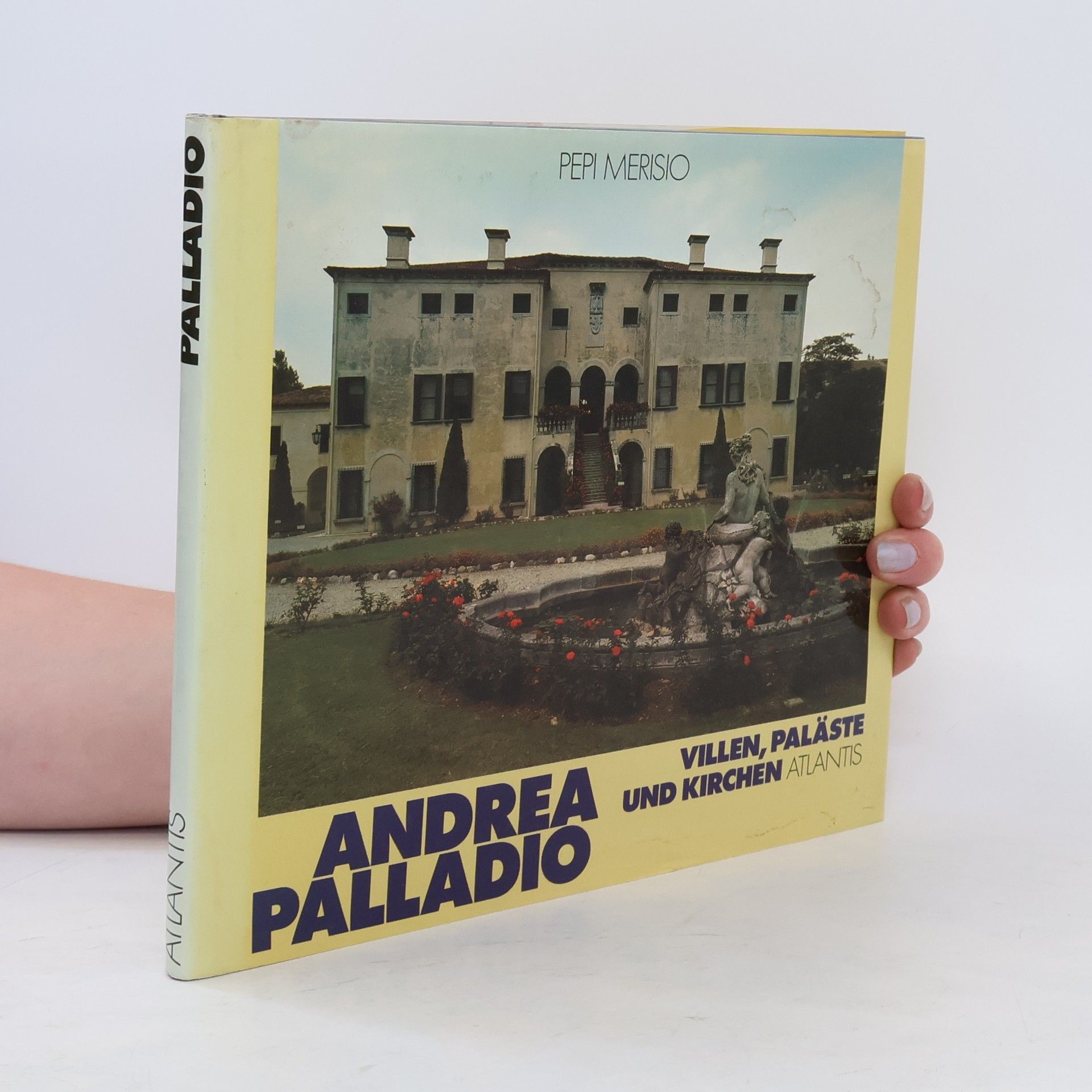
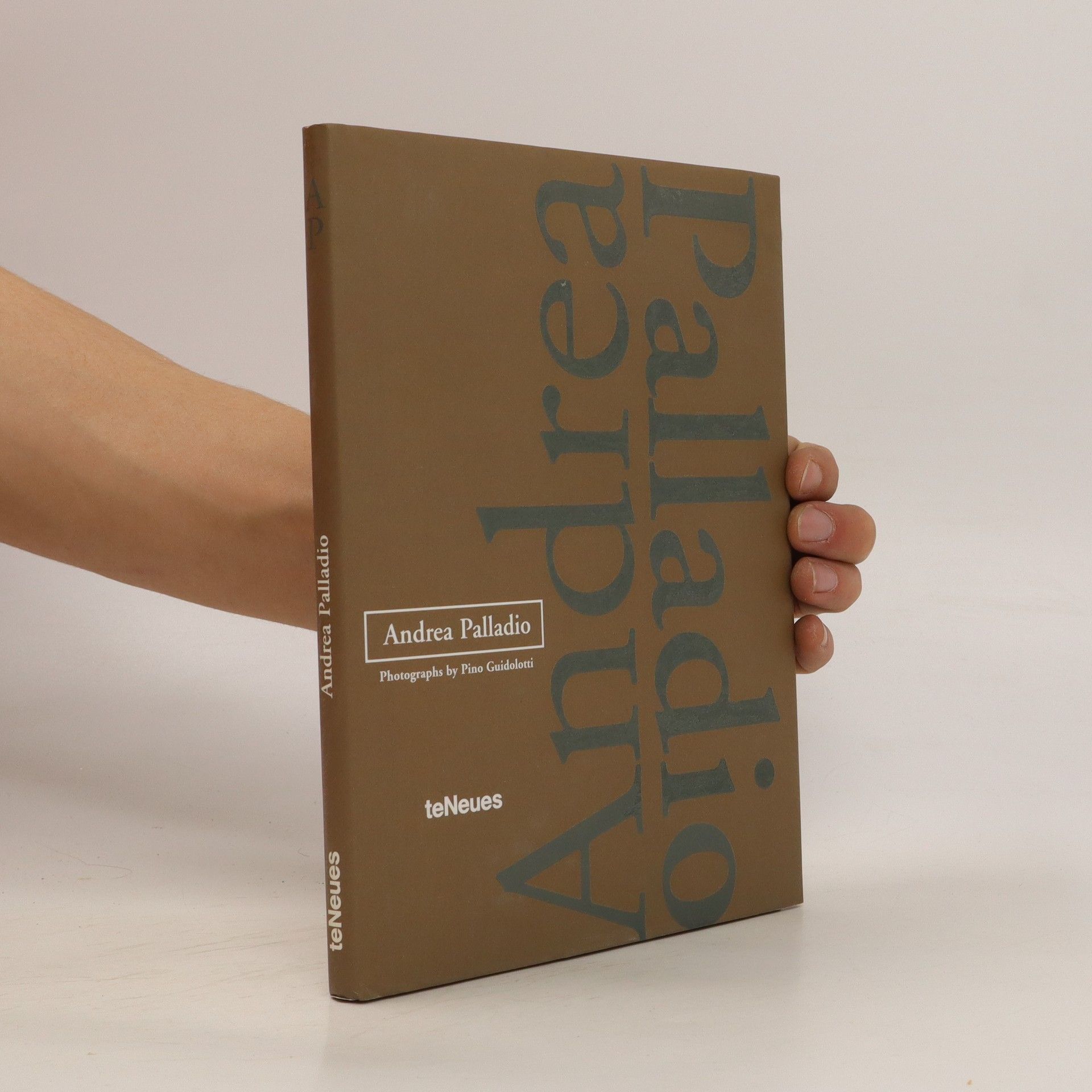

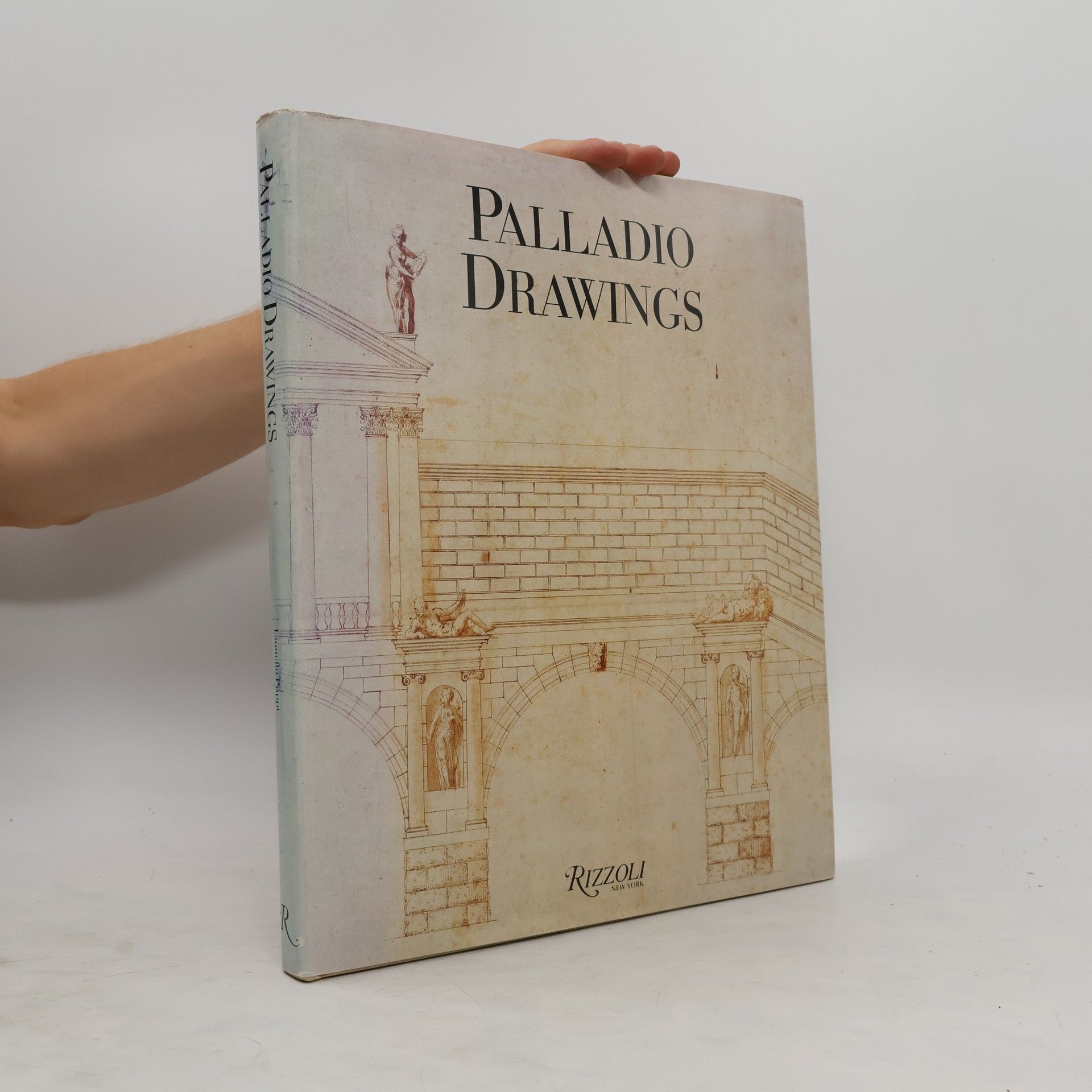
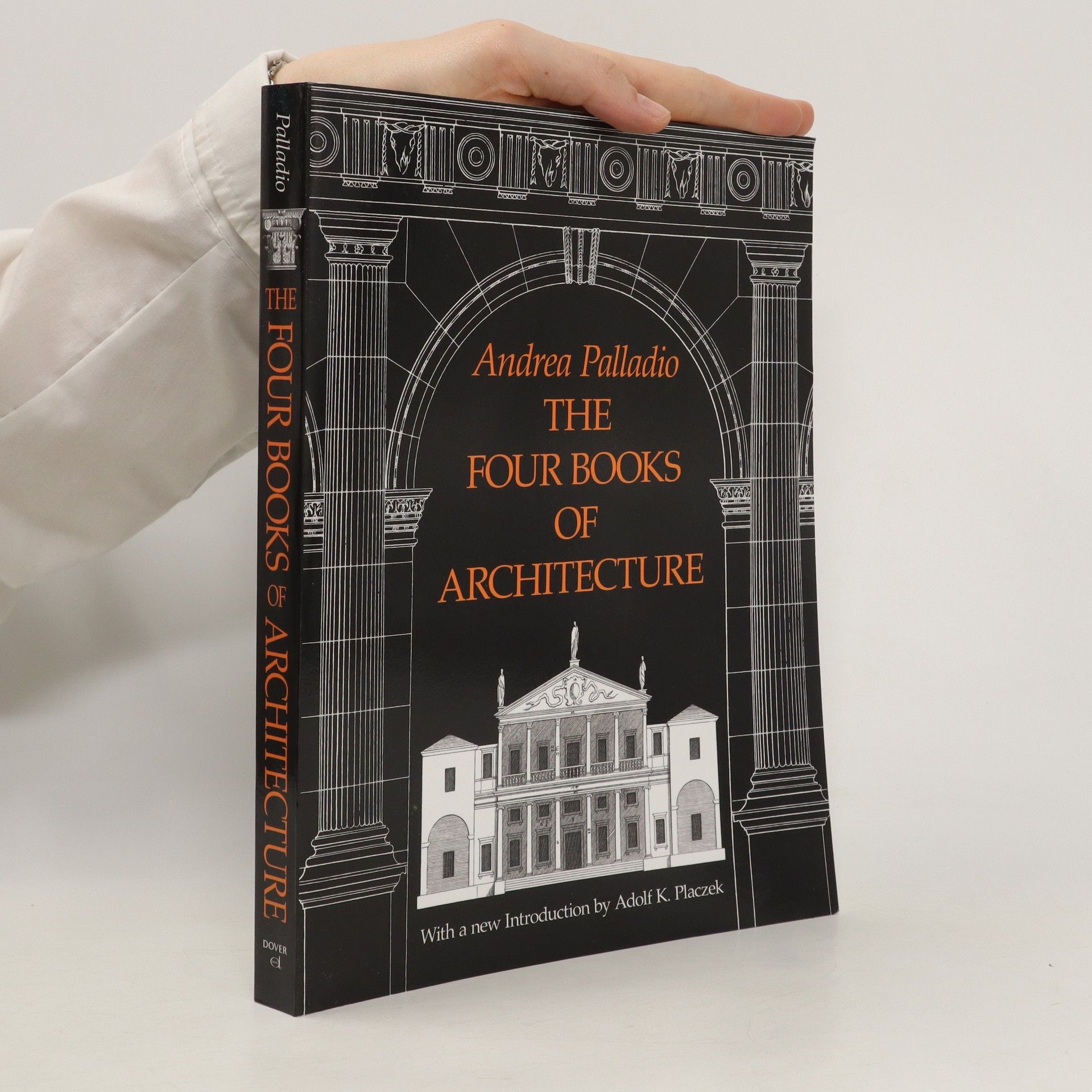
Andrea Palladio
- 79 pages
- 3 hours of reading
Der Inbegriff der Villa Auch nach Jahrhunderten noch faszinieren die Formen, die Andrea Palladio für die Wohnhäuser seiner gesellschaftlich einflussreichen Auftraggeber fand. Mit den Übernahmen aus dem Formenfundus der Antike sollte sein Stil, der palladianische Klassizismus, später von größtem Einfluss auf die Architektur Europas, vor allem Englands und Frankreichs, und auch Nordamerikas werden. Neben Luca Sassis großartigen Außen-, Innen- und Detailaufnahmen der heutigen Wirkung der Anlagen vermitteln Planzeichnungen aus den 'Quattro libri dell’architettura' (1570) des Baumeisters ein lebendiges Bild von Palladios Entwürfen. Luca Trevisan erläutert kenntnisreich diese Zusammenhänge und beschreibt die Entstehungsgeschichten der Villen. • Palladios Villen im Veneto, fotografisch in Szene gesetzt • Aristokratische Architektur und ihre Umgebung • Prachtvoller Band mit brillanten Fotografien und sachkundigen Texten
Čtyři knihy o architektuře
- 448 pages
- 16 hours of reading
Andrea Palladio (1508-1580) byl nejvýznamnějším architektem pozdní renesance, ale lze jej považovat i za nejvlivnějšího architekta celého novověku. Jeho nesčetné paláce, kostely a vily zdobí mnohá místa Veneta, regionu severní Itálie, ale stavby ovlivněné jeho stylem pronikly do celé Evropy i za oceán nejen za jeho života, ale také po všechna staletí následující. Vysvětluje to jejich krása, harmonie a umístění v krajině, ale i to, že se stejně jako jeho renesanční kolegové sochaři nechal inspirovat antikou, prapůvodním zdrojem veškeré evropské kultury. Nehynoucí slávu si Palladio ovšem zasloužil nejen svým architektonickým dílem, ale též teoretickým pojednáním, které o svém způsobu stavění napsal a které vychází od roku 1570, kdy bylo poprvé vytištěno v Benátkách, po celém světě znovu a znovu. Do češtiny byla jeho kniha přeložena už před více než šedesáti lety v době, kdy bylo od nás velmi obtížné cestovat do Itálie, a kdo se tam přesto dostal, zajímal se většinou o jiné památky. Dnes je první české vydání Čtyř knih o architektuře zájemcům těžko dostupné, a proto splácíme dluh naší kultuře jejich druhým vydáním doplněným o novou obrazovou přílohu a mapky Benátska a Vicenzy s vyznačením polohy Palladiových staveb.
